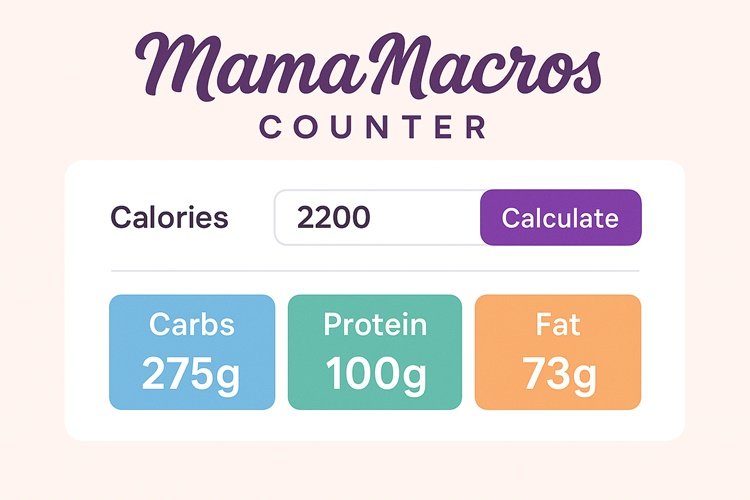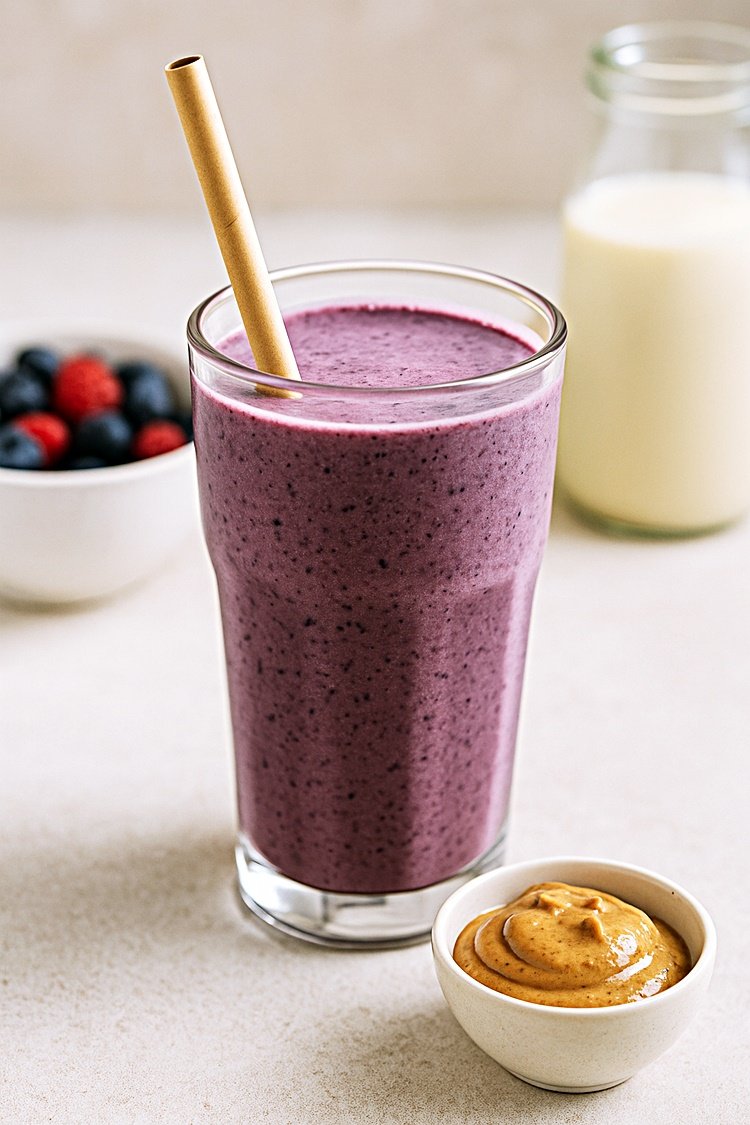
Macros Tracking Through Every Stage of Pregnancy: Why It Matters for Fertility, Health & Complications
What Is a Macros Counter?
A macros counter (short for macronutrient counter) is a tool that helps you track your daily intake of:
Carbohydrates (energy for you and baby)
Protein (building blocks for growth)
Fats (hormone regulation and brain development)
Tracking macros ensures you’re eating the right balance of nutrients for your body’s needs—whether you’re trying to conceive (TTC), pregnant, or managing complications like gestational diabetes (GD) or preeclampsia.
Why Tracking Macros Matters at Every Stage
1. When Trying to Conceive (TTC)
Click Here For Fertility & Conception Guide
Why? Proper macros support hormone balance, ovulation, and sperm health.
✔ Carbs: Stable blood sugar = better ovulation (PCOS women benefit from moderate carbs).
✔ Protein: Supports egg and sperm quality (aim for 20-30% of calories).
✔ Fats: Critical for hormone production (omega-3s boost fertility).
Key: Too many refined carbs or trans fats can hurt fertility.
2. First Trimester (Weeks 1-12)
Click Here For Pregnancy Weeks 1–12: What to Expect & How to Prepare
Why? Baby’s neural tube and organs form—folate and protein are vital!
✔ Carbs: Help with nausea (ginger + crackers).
✔ Protein: Prevents muscle loss if you’re too sick to eat much.
✔ Fats: Supports early brain development.
Key: Even if calories stay the same, nutrient density matters most.
3. Second Trimester (Weeks 13-27)
Click Here For Pregnancy Weeks 13–27: What to Expect & How to Prepare
Why? Baby’s growth speeds up—you need more protein + iron.
✔ Carbs: Fuel energy (whole grains > white bread).
✔ Protein: Prevents anemia and supports placenta growth.
✔ Fats: Baby’s brain grows rapidly (DHA from fish is crucial).
Key: Too little iron = fatigue; too little fiber = constipation.
4. Third Trimester (Weeks 28-40+)
Click Here For Pregnancy Weeks 28–40: What to Expect & How to Prepare
Why? Baby gains half its birth weight—you need extra calories + protein.
✔ Carbs: Prevent ketosis (at least 175g/day).
✔ Protein: Helps with labor recovery (aim for 80-100g/day).
✔ Fats: Reduces inflammation (swelling is common).
Key: Overeating empty carbs can spike blood sugar.
Fourth Trimester Nutrition (Weeks 1-12)
Click Here For PostPartum Pregnancy- Weeks 1-12: What to Expect & How to Prepare
✔ Carbs: Sustain energy & milk supply (at least 150-200g/day).
✔ Protein: Supports tissue repair & lactation (aim for 80-100g/day).
✔ Fats: Crucial for hormone balance & brain health (prioritize omega-3s).
Key: Focus on nutrient-dense meals—blood sugar crashes worsen fatigue.
Bonus Tips:
- Iron-Rich Foods: Replenish lost iron (red meat, lentils, leafy greens).
- Hydration: 8-12 cups/day (more if breastfeeding).
- Anti-Inflammatory Foods: Turmeric, ginger, salmon (helps healing).
Macros Tracking for Pregnancy Complications
Gestational Diabetes (GD)
Click Here For Macro Guidance For Gestational Diabetes
Why? Uncontrolled blood sugar risks preterm birth + large baby.
✔ Carbs: Spread evenly (30-45g/meal) + pair with protein/fiber.
✔ Protein: Helps stabilize glucose (include at every meal).
✔ Fats: Slows carb absorption (avocado, nuts).
Key: GD macros often look like: 40% carbs, 30% protein, 30% fats.
Gestational Hypertension/Preeclampsia
Click Here For Macro Guidance For Preeclampsia
Why? Excess sodium + low protein worsens blood pressure.
✔ Carbs: Focus on fiber (lowers BP—oats, berries).
✔ Protein: At least 80g/day to support vascular health.
✔ Fats: Omega-3s (salmon, flaxseeds) reduce inflammation.
Key: Limit processed foods (high in salt + bad fats).
Postpartum Preeclampsia Nutrition
Click Here For Macro Guidance For Postpartum Eclampsia
✔ Magnesium: Supports blood pressure & muscle relaxation (leafy greens, nuts, seeds).
✔ Potassium: Balances sodium & eases hypertension (avocados, bananas, sweet potatoes).
✔ Protein: Aids healing without excess sodium (lean meats, beans, tofu).
✔ Healthy Fats: Reduce inflammation (olive oil, salmon, chia seeds).
Key: Limit sodium (<1,500mg/day)—avoid processed foods & salty snacks.
Critical Avoids:
- Excess Salt: Worsens fluid retention & BP spikes.
- Caffeine & Alcohol: Can dehydrate & raise blood pressure.
- Refined Sugars: May increase inflammation.
Bonus Support:
- Hydration: 8-10 cups water/day (helps flush excess fluids).
- Calcium-Rich Foods: May help BP control (yogurt, fortified plant milk).
- Small, Frequent Meals: Stabilizes energy & prevents blood sugar swings.
Would you like supplement recommendations (e.g., safe dosages) or meal examples? 😊
Note: Always consult your doctor—some cases require meds beyond diet changes.
How to Track Macros Properly
- Use MamaMacros Counter.
- Weigh/measure food at first (eyeballing leads to errors).
- Adjust as needed (GD may need fewer carbs; preeclampsia more protein).
Sample Macros Breakdown by Stage
| Stage | Carbs (%) | Protein (%) | Fats (%) |
|---|---|---|---|
| TTC | 40-50% | 20-30% | 30% |
| 1st Tri | 45-50% | 20-25% | 30% |
| 2nd/3rd Tri | 40-50% | 25-30% | 25-30% |
| GD | 30-40% | 30% | 30-40% |
| Preeclampsia | 40% | 30%+ | 30% |
Free Download: Pregnancy Macros Tracker
📥 Click Here for PDF (Customizable for TTC, trimesters, and complications!)
Final Thoughts
Tracking macros isn’t about restriction—it’s about optimizing nutrition for:
- Fertility (better egg/sperm quality)
- Healthy pregnancy (baby’s growth + your energy)
- Managing risks (GD, preeclampsia, anemia)
(Always consult a doctor or dietitian for personalized plans.)



